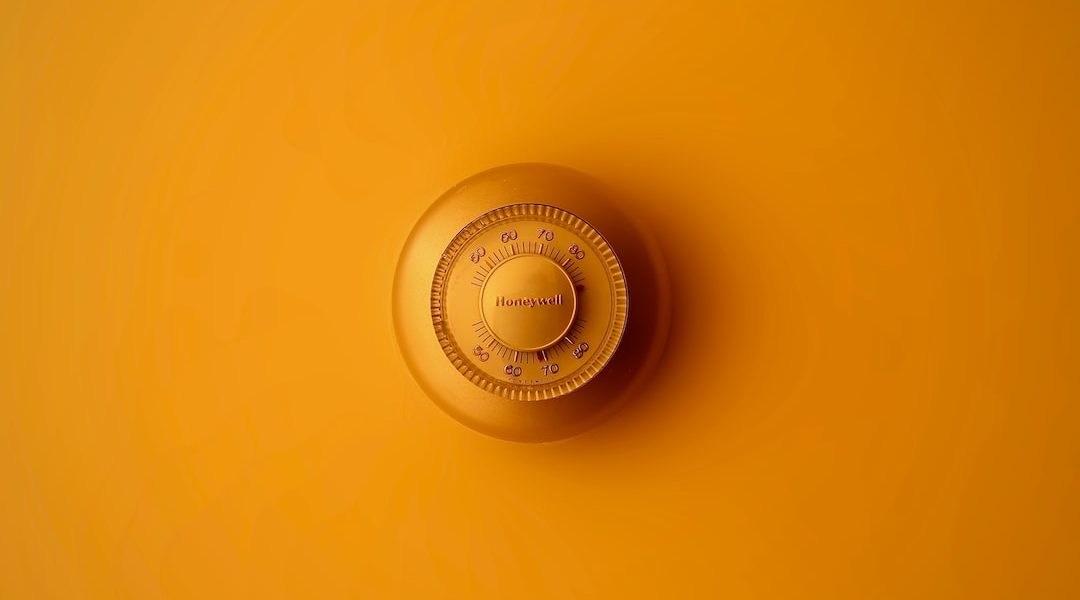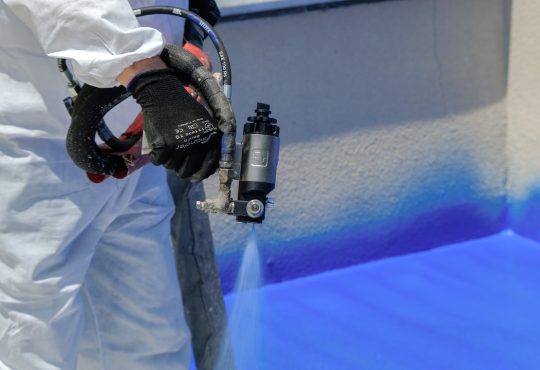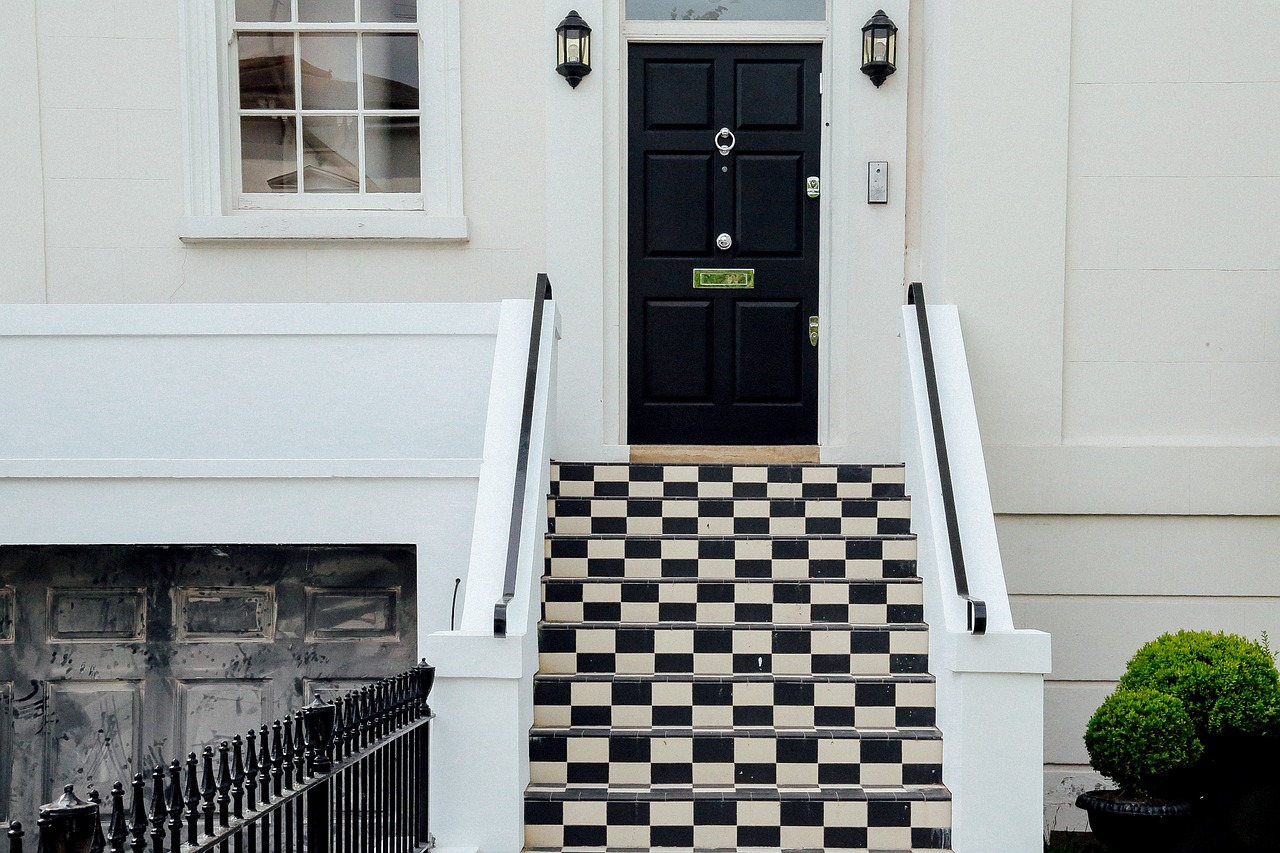
Cutting Costs: Smart Home Gadgets That Save Energy
In today’s world, where climate change and environmental sustainability are major concerns, it is crucial to find ways to reduce our energy consumption. One area where we can make a significant impact is in our homes. Energy-efficient smart home gadgets offer a solution to this problem by providing us with tools to monitor and control our energy usage. These gadgets not only help us reduce our carbon footprint but also offer a range of benefits for homeowners.
The impact of energy consumption on the environment cannot be overstated. Traditional energy sources such as coal and natural gas release harmful greenhouse gases into the atmosphere when burned, contributing to global warming and climate change. By reducing our energy consumption, we can help mitigate these effects and work towards a more sustainable future.
Energy-efficient smart home gadgets offer numerous benefits for homeowners. Firstly, they help reduce energy bills by optimizing energy usage and minimizing waste. By monitoring and controlling devices such as thermostats, lights, and appliances, homeowners can ensure that they are only using energy when necessary. This not only saves money but also reduces the strain on the electrical grid.
Key Takeaways
- Energy-efficient smart home gadgets can help reduce energy consumption and save money on utility bills.
- Smart thermostats allow for precise temperature control and can learn your habits to optimize energy use.
- LED and CFL light bulbs are more energy-efficient and have a longer lifespan than traditional incandescent bulbs.
- Smart power strips can automatically turn off electronics when not in use, reducing standby power consumption.
- Water-saving devices like smart showerheads and faucets can reduce water usage without sacrificing comfort.
Smart Thermostats: Controlling Your Home’s Temperature and Energy Use
One of the most popular energy-efficient smart home gadgets is the smart thermostat. These devices allow homeowners to control their home’s temperature remotely and optimize energy usage. Smart thermostats work by learning your schedule and preferences and adjusting the temperature accordingly.
The benefits of using a smart thermostat are numerous. Firstly, they help reduce energy waste by ensuring that your home is only heated or cooled when necessary. For example, if you are away from home during the day, the smart thermostat can automatically adjust the temperature to save energy. Additionally, smart thermostats can be controlled remotely through smartphone apps, allowing you to adjust the temperature even when you are not at home.
There are several popular smart thermostats on the market today. One example is the Nest Learning Thermostat, which uses machine learning algorithms to adapt to your schedule and preferences. Another popular option is the Ecobee SmartThermostat, which features built-in voice control and room sensors to optimize comfort and energy savings.
Energy-Saving Light Bulbs: LED and CFL Options
Another area where homeowners can make a significant impact on energy consumption is lighting. Traditional incandescent light bulbs are highly inefficient, converting most of the energy they consume into heat rather than light. Energy-saving light bulbs, such as LED (light-emitting diode) and CFL (compact fluorescent) options, offer a more efficient alternative.
LED light bulbs are highly energy-efficient and have a long lifespan. They use up to 80% less energy than traditional incandescent bulbs and can last up to 25 times longer. Additionally, LED bulbs are available in a range of colors and can be dimmed, offering flexibility in lighting design.
CFL bulbs are another energy-saving option. They use about 75% less energy than incandescent bulbs and can last up to 10 times longer. CFL bulbs are also available in various shapes and sizes, making them suitable for different lighting fixtures.
Popular energy-saving light bulb brands include Philips, GE, and Sylvania. These brands offer a wide range of LED and CFL options to suit different needs and preferences.
Smart Power Strips: Reducing Standby Power Consumption
Standby power consumption, also known as vampire power or phantom load, refers to the energy consumed by devices that are plugged in but not in use. This includes devices such as televisions, computers, and chargers that continue to draw power even when turned off or in standby mode. Smart power strips offer a solution to this problem by cutting off power to these devices when they are not in use.
Smart power strips work by detecting when a device is in standby mode or not in use and automatically cutting off power to that device. This helps reduce energy waste and can lead to significant energy savings over time. Additionally, some smart power strips offer features such as timed outlets or remote control, allowing you to further optimize energy usage.
The benefits of using a smart power strip are twofold. Firstly, it helps reduce energy consumption and lower electricity bills. Secondly, it helps extend the lifespan of devices by protecting them from power surges and other electrical issues.
Water-Saving Devices: Smart Showerheads and Faucets
Water consumption is another area where homeowners can make a significant impact on the environment. Smart showerheads and faucets offer a solution by optimizing water usage and reducing waste.
Smart showerheads work by using sensors to detect when you are under the water stream and automatically adjusting the flow accordingly. This helps reduce water waste by ensuring that water is only flowing when needed. Some smart showerheads also offer features such as temperature control and timers to further optimize water usage.
Smart faucets work in a similar way, using sensors to detect when you need water and automatically turning it on and off. This helps prevent water waste from faucets being left running unintentionally.
The benefits of using water-saving devices are numerous. Firstly, they help conserve water, which is a precious resource. Secondly, they help reduce water bills by optimizing usage. Finally, they contribute to a more sustainable future by reducing the strain on water sources.
Smart Home Energy Monitors: Tracking Your Energy Usage

One of the most effective ways to reduce energy consumption is by tracking and monitoring your usage. Smart home energy monitors offer a solution to this problem by providing real-time data on your energy usage.
Smart home energy monitors work by connecting to your electrical panel and monitoring the flow of electricity throughout your home. They provide detailed information on how much energy each device or appliance is using, allowing you to identify areas where you can make improvements.
The benefits of using a smart home energy monitor are significant. Firstly, it helps raise awareness about energy consumption and encourages more mindful usage. Secondly, it allows you to identify energy-hungry devices or appliances and make changes to reduce their usage. Finally, it provides data that can be used to optimize energy efficiency and potentially save money on electricity bills.
There are several popular smart home energy monitors on the market today. One example is the Sense Home Energy Monitor, which uses machine learning algorithms to provide detailed insights into your energy usage. Another popular option is the Neurio Home Energy Monitor, which offers real-time data and can be accessed through a smartphone app.
Solar-Powered Chargers: Harnessing Renewable Energy
In today’s world, where smartphones and other portable devices are an essential part of our lives, finding ways to charge them sustainably is crucial. Solar-powered chargers offer a solution by harnessing renewable energy from the sun to charge our devices.
Solar-powered chargers work by using photovoltaic cells to convert sunlight into electricity. This electricity can then be used to charge devices such as smartphones, tablets, and cameras. Solar-powered chargers are portable and can be used anywhere there is sunlight, making them ideal for outdoor activities or travel.
The benefits of using solar-powered chargers are numerous. Firstly, they allow us to charge our devices without relying on traditional electricity sources, reducing our carbon footprint. Secondly, they provide a sustainable and renewable source of energy that is available almost everywhere. Finally, they offer convenience and flexibility by allowing us to charge our devices on the go.
There are several popular solar-powered chargers on the market today. One example is the Anker PowerPort Solar Charger, which features multiple USB ports and a foldable design for easy portability. Another popular option is the Goal Zero Nomad Solar Panel, which offers high-efficiency charging and rugged durability.
Smart Window Shades: Maximizing Natural Light and Insulation
Windows play a significant role in the energy efficiency of a home. Smart window shades offer a solution by maximizing natural light and insulation, reducing the need for artificial lighting and heating or cooling.
Smart window shades work by using sensors to detect the amount of sunlight entering a room and automatically adjusting the shade accordingly. This helps maximize natural light while minimizing heat gain or loss. Some smart window shades also offer features such as remote control or scheduling, allowing you to further optimize energy usage.
The benefits of using smart window shades are twofold. Firstly, they help reduce the need for artificial lighting by maximizing natural light. This not only saves energy but also creates a more pleasant and comfortable living environment. Secondly, they help improve insulation by reducing heat gain or loss through windows, leading to energy savings on heating and cooling.
There are several popular smart window shade brands on the market today. One example is Lutron, which offers a range of motorized shades that can be controlled through smartphone apps or voice commands. Another popular option is Somfy, which provides motorized shades with features such as sun tracking and wind sensors.
Energy-Efficient Appliances: Smart Refrigerators and Dishwashers
Household appliances are major consumers of energy in our homes. Energy-efficient appliances, such as smart refrigerators and dishwashers, offer a solution by optimizing energy usage and reducing waste.
Smart refrigerators work by using sensors to detect when the door is opened and closed and adjusting the temperature accordingly. This helps reduce energy waste by ensuring that the refrigerator is not working harder than necessary. Some smart refrigerators also offer features such as inventory management and energy usage tracking.
Smart dishwashers work in a similar way, using sensors to detect how dirty the dishes are and adjusting the water usage and cycle accordingly. This helps reduce water and energy waste by optimizing the cleaning process. Some smart dishwashers also offer features such as remote control and scheduling.
The benefits of using energy-efficient appliances are significant. Firstly, they help reduce energy and water consumption, leading to lower utility bills. Secondly, they contribute to a more sustainable future by reducing the strain on natural resources. Finally, they offer convenience and flexibility through features such as remote control and scheduling.
Investing in a Sustainable Future with Smart Home Gadgets
In conclusion, investing in energy-efficient smart home gadgets is not only beneficial for the environment but also for homeowners. These gadgets offer a range of benefits, including reduced energy bills, increased comfort and convenience, and a more sustainable future.
By using smart thermostats, energy-saving light bulbs, smart power strips, water-saving devices, smart home energy monitors, solar-powered chargers, smart window shades, and energy-efficient appliances, homeowners can significantly reduce their energy consumption and carbon footprint.
It is crucial for individuals to make the switch to energy-efficient smart home gadgets to contribute to a sustainable future. By investing in these technologies, we can reduce our impact on the environment and create a more sustainable world for future generations.
Looking to cut costs and save energy in your home? Check out this related article on energy-saving roof insulation. Installing proper insulation in your home is an essential step towards reducing energy consumption and lowering your utility bills. With the right insulation, you can keep your home warm in the winter and cool in the summer without relying heavily on heating and cooling systems. Click here to learn more about the benefits of energy-saving roof insulation. Reed more https://agutonsky.com/revamp-your-home-with-upcycled-furniture-sustainable-and-creative-ideas/
FAQs
What are smart home gadgets?
Smart home gadgets are devices that are connected to the internet and can be controlled remotely through a smartphone or other internet-connected device. These gadgets are designed to make your home more efficient, convenient, and secure.
How do smart home gadgets save energy?
Smart home gadgets can save energy by automatically adjusting settings based on your preferences and usage patterns. For example, a smart thermostat can learn your schedule and adjust the temperature accordingly, while smart lighting can turn off when you leave a room.
What are some examples of smart home gadgets that save energy?
Some examples of smart home gadgets that save energy include smart thermostats, smart lighting, smart power strips, and smart appliances. These devices can help you reduce your energy consumption and lower your utility bills.
Are smart home gadgets expensive?
Smart home gadgets can range in price from relatively inexpensive to quite expensive, depending on the device and its features. However, many smart home gadgets can pay for themselves over time by helping you save energy and reduce your utility bills.
Do smart home gadgets require a lot of technical knowledge to install and use?
Most smart home gadgets are designed to be easy to install and use, even for people with limited technical knowledge. Many devices come with step-by-step instructions and can be set up in just a few minutes. Additionally, many smart home gadgets can be controlled through a smartphone app, which makes them easy to use for anyone with a smartphone.



